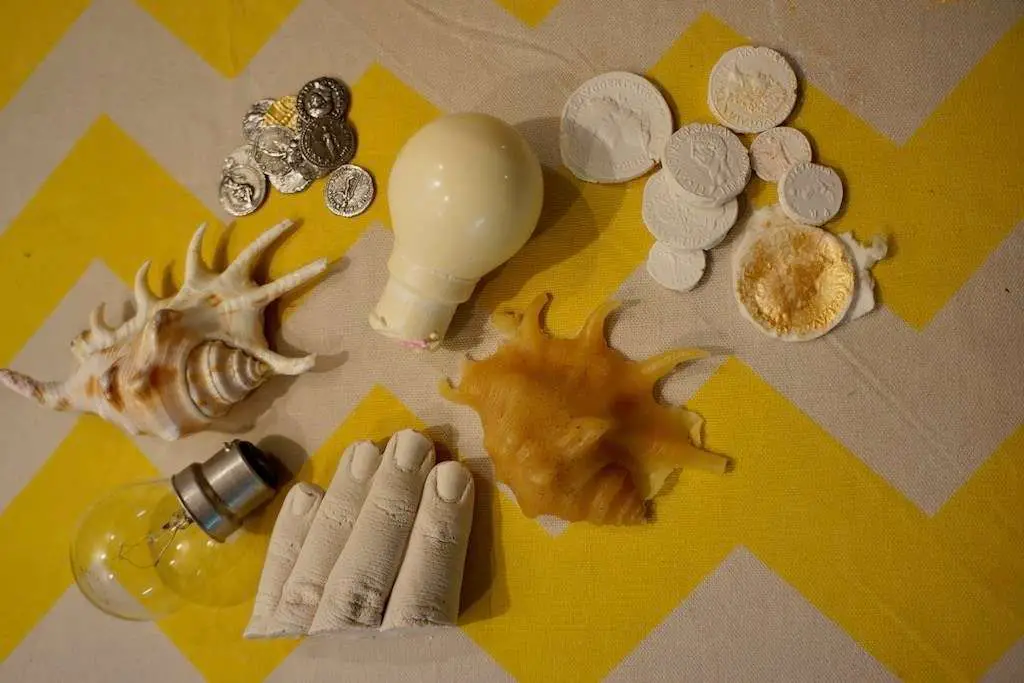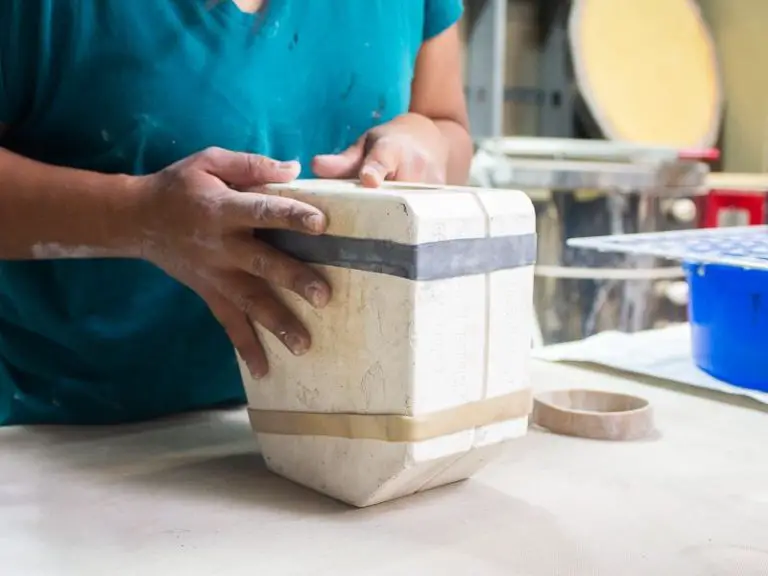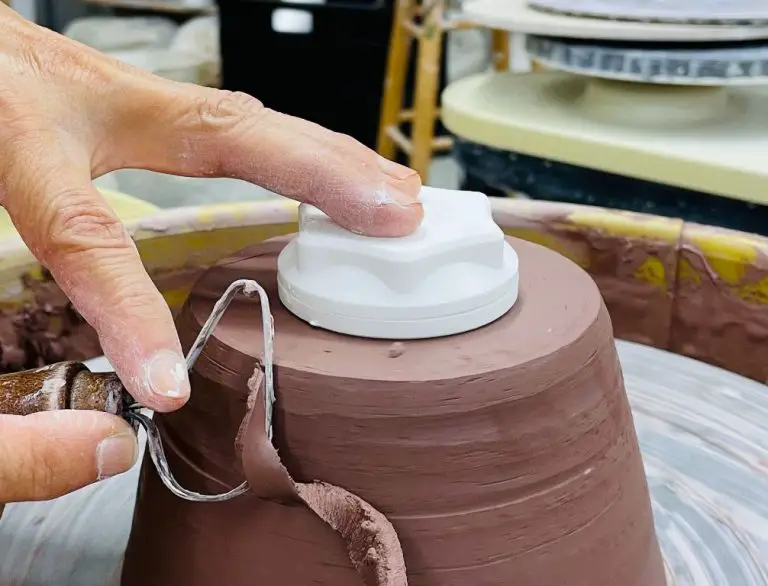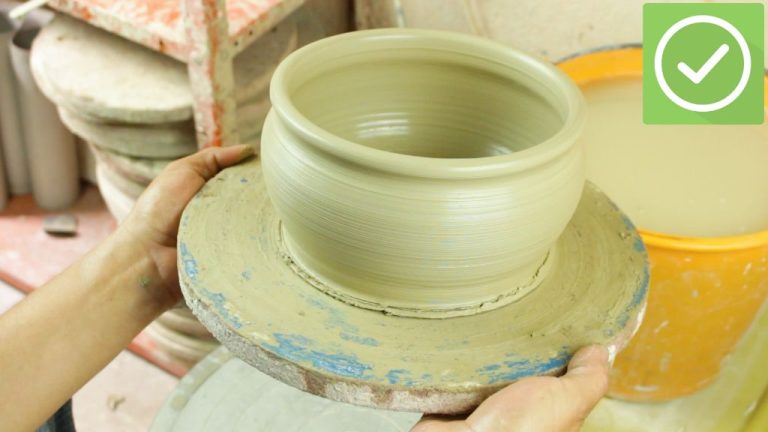What Is Casting Plaster Used For?
Casting plaster, also known as plaster of Paris, is a building material that has been used for centuries for mold making and casting. It is made from gypsum, a soft mineral that is heated to form a fine powder that, when mixed with water, produces a paste that sets into a hard, durable solid.
The earliest recorded use of plaster for making molds and casts dates back over 4,000 years to ancient Egypt, where it was used to create masks and decorative works. In the 16th century, plaster casting became an important technique for reproducing famous sculptures. The practice spread across Europe, allowing accurate copies of ancient works to be studied and displayed (Wikipedia).
Today, casting plaster is used in a wide variety of applications including art, special effects, architecture, construction, crafts, education, and medicine. It is valued for its fire resistance, strength, fine surface detail, and versatility. Common uses range from making detailed molds for casting metal, concrete and resin pieces, to creating realistic wounds and injuries for movies and theater, to supporting broken bones in orthopedic casts.
Making Molds and Casts
Plaster is commonly used to create molds for casting various materials. The process involves creating a negative mold out of plaster that can then be filled with liquid material such as resin, concrete, or molten metal. The liquid hardens within the plaster mold, taking its shape. The mold is then removed, leaving behind a positive cast of the original model.
To make a plaster mold, the subject is first coated in a release agent to prevent the plaster from sticking. Plaster is then applied over the subject in layers using strips of fabric or burlap soaked in wet plaster. Once hardened, the plaster mold is carefully removed. The mold is then cleaned and treated with a release agent. Liquid casting material is poured into the mold cavity and allowed to fully cure before removing the finished cast from the plaster mold.

This casting process allows for making multiple copies of an original sculpture, for example. It is also useful for creating detailed ornamental pieces in concrete, resin, or metal by pouring liquid material into the precise plaster mold. Makers of figurines, statues, fountains, furniture parts, and architectural details rely on plaster molds to replicate designs.[1]
Art and Sculpture
Casting plaster has long been used by artists and sculptors to create sculptures and reproductions. The process involves creating a mold of the original artwork or object, then pouring liquid plaster into the mold. Once dried, the plaster holds the exact shape and intricate details of the original.
Artists often create plaster casts of their clay or wax sculptures before moving on to carving in stone or casting in metal. The plaster cast acts as a permanent record of the artwork. Plaster is an affordable material for creating these casts.
Plaster casting is also used to reproduce famous sculptures for drawing practice and study. Museums and educational institutions use plaster casts for archival and research purposes. For example, a plaster cast can preserve the exact details of an ancient Greek or Roman sculpture without exposing the fragile original.
Some of the key uses of plaster in art and sculpture include:
- Making molds and casts of original sculptures in clay, wax, etc.
- Reproducing existing sculptures for drawing, painting or study
- Preserving sculpture details without risk to the original
- Providing affordable copies for artists and students
- Creating architectural ornamentation like columns, cornices, reliefs
Plaster’s versatility, workability and low cost make it an indispensable material for sculptors and other artists over centuries.
Special Effects and Props
Casting plaster is commonly used in the movie industry to create lifelike masks, props, and special effects. The ability of plaster to capture fine detail makes it ideal for creating realistic facial casts and body parts for costumes and animatronics. Special effects artists frequently use plaster to make molds of actors’ faces, then cast the molds in foam latex or other materials to create prosthetic makeup and masks.
According to Artsparx, one major advantage of plaster is that it can reproduce surface textures and details precisely. This allows special effects artists to recreate skin textures, wrinkles, scars, and other defining features on a mask. Plaster casting can also pick up cloth textures like leather or silk for costume pieces.
In addition to masks and makeup, plaster is an affordable way to create props, furniture, architectural elements, and other set pieces. Complex props like statues or ornamental details can be sculpted in clay or foam, then molded and cast in plaster for duplication. The lightweight nature of plaster props makes them easier to transport and work with on set.
Plaster casting is also popular in the haunted house and theme park industries. Detailed plaster casts of bones, body parts, and skulls are commonly used to create scary scenes. The creepy, ghostly look of plaster makes it effective for molding gargoyles, tombstones, and other decorative horror elements as well.
Architecture and Construction
Casting plaster is commonly used in architecture and construction for decorative molding and architectural details. Intricate designs and patterns can be crafted into a plaster mold, and then used to make multiple cast plaster copies for walls, ceilings, and decorative elements. This allows for ornate designs without extensive hand-carving or craftsmanship on site.
Plaster casting is also useful for creating construction patterns and making duplicates. For example, decorative tiles, molding trim, wall panels, and architectural decor can all be cast in plaster for consistency and efficiency in construction. The plaster casts act as patterns for mass production.
Sources:
https://en.wikipedia.org/wiki/Plaster
Dental and Medical Uses
Casting plaster is commonly used in dentistry and medicine to make models and casts for a variety of applications. Some of the key dental and medical uses include:
Dental implants and models – Dental plaster is used to create accurate models of patients’ teeth and jaws to plan treatment for dental implants, braces, dentures, and other prosthetics. The models allow dentists to carefully prepare the right shape and fit (see Types of Dental Plasters and Casts: their Uses and Classifications).
Orthopedic casts – Casting plaster is used to create orthopedic casts to immobilize broken bones while they heal. The wet plaster is wrapped around the injured limb and molds to the shape as it dries.
Crafting and DIY Projects
Casting plaster is commonly used for arts and crafts projects. It can be molded into shapes like wall plaques, figurines, jewelry pieces, and more. The plaster hardens into a durable material that can be decorated and painted in many creative ways.
Plaster of Paris is popular for homemade crafts because it is inexpensive and easy to use. Hobbyists like working with plaster for DIY home decor projects. Simple molds can be made from cardboard, plastic containers, silicone molds, or foam shapes. The plaster is mixed with water, poured into the mold, and allowed to set. Once dry, the solid plaster cast can be removed and decorated as desired.
Some common craft projects using casting plaster include: wall hangings, figurines, jewelry pendants, mirror frames, bookends, planters, bowls and vases, candles, and more. The finished plaster pieces can be painted, stained, gilded, distressed, decoupage, mosaic, or left plain. Plaster crafts make great handmade gifts and home accents.
Education and Research
Casting plaster has been an important tool for education and research in fields like archeology and paleontology. Archeologists have long used plaster casts to carefully preserve discoveries and replicas of fragile artifacts, enabling further study. The Ashmolean Museum at Oxford University has an extensive collection of plaster casts of ancient Greek and Roman statues that allow scholars to examine details closely.
Plaster can also be used to make fossil and bone casts, providing a durable record of important paleontological specimens. These casts let researchers safely handle and analyze fossils without damaging the originals.
In classrooms, casting plaster allows students to get hands-on experience and engage in experiential learning. Teachers may have students make plaster casts of footprints, bones, or other objects as part of science or history lessons. The process teaches about topics like fossilization while developing fine motor skills.
Overall, the versatility of casting plaster makes it an indispensable educational and research tool. From protecting artifacts to uncovering past life, plaster enables learning and discovery across many fields.
Types of Casting Plaster
There are several different types of casting plaster used for various applications:
Plaster of Paris
Plaster of Paris is made from gypsum powder that is derived from naturally occurring gypsum mineral. It is a quick-setting and inexpensive material commonly used for arts and crafts, as well as mold making and casting (Source). Plaster of Paris is suitable for small castings and mold making because it is easy to mix and pour. However, it is brittle with low tensile strength.
Dental Stone
Dental stone plaster is used to make accurate dental molds and models in dentistry. It is formulated to expand slightly during setting which allows extremely fine detail to be captured from dental impressions. Dental stone offers high compressive strength and abrasion resistance while remaining dimensionally stable over time (Source). It has lower porosity than plaster of Paris.
High Strength Plaster
High strength plaster is designed for making molds and casting of medium to large parts. It provides high strength and chip resistance needed for repetitive castings. High strength plaster can capture fine details from patterns while withstanding the forces exerted during casting processes. It offers higher green strength than regular plaster of Paris.
Ultracal 30
Ultracal 30 is an extra hard, early high strength casting plaster that achieves maximum hardness within 24 hours. It has high compressive strength, extremely low absorption properties, and negligible expansion on setting (Source). Ultracal 30 is ideal for casting concrete, plastic reinforced gypsum concrete, modeling, and fiberglass lay-up applications.
Conclusion
Casting plaster has a wide variety of uses across many fields and industries. From creating detailed molds and casts for sculpture and special effects, to dental impressions and architectural models, plaster is a versatile material that can be shaped and formed into almost anything.
Plaster has many benefits that make it an ideal casting material. It is relatively inexpensive and easy to work with. Plaster sets quickly, capturing intricate detail from molds. It is also very strong and durable. Casts made from plaster can be sanded, shaped, and painted to achieve different artistic effects. The finished plaster surface takes well to a variety of paints and finishes.
With a long history of use in arts, crafts, industry, and beyond, casting plaster continues to be a useful material across many disciplines. Its ability to precisely reproduce textures and details makes it an essential tool for both creative and practical applications.




